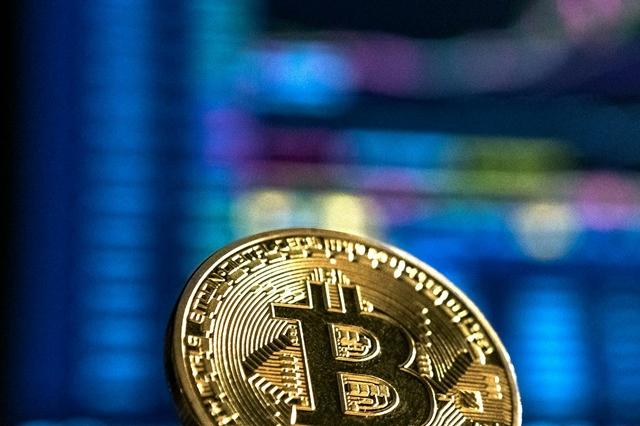Different Types of Assets That Can Be Tokenized: An Overview
The tokenization of physical and digital assets has become quite a trend on the blockchain. Asset tokenization is the digital process of transforming the ownership or economic rights of an asset into a digital token on a blockchain.
It converts assets into digital units that can be held, sold, and traded using blockchain technology. The digital tokens represent a unit of ownership of the tokenized asset. Before learning how to tokenize an asset, one must first learn the different types of assets that can be tokenized.
Tangible Assets
Assets that can be touched and seen are generally referred to as physical assets. Many physical assets, like exotic properties, real estate, artworks, gold, diamonds, and other similar commodities, are considered high-value and exclusive. Such assets usually have a huge price tag and are traditionally considered a form of capital investment. Such high-value assets are great to tokenize.
Tokenization is a highly innovative strategy for investors of these assets because, traditionally, they are notorious for being illiquid, requiring high capital outlay, and involving lengthy and costly transaction processes. Real estate investment, for instance, has a high barrier to entry and is one of the most illiquid asset types. However, the tangible assets space is witnessing an increase in tokenized commodities such as gold in the forms of Tether Gold (XAUT) and Paxos Gold (PAXG).
Intangible Assets
These are mostly assets other than the tangible ones. They include assets such as intellectual property, digital art, music, carbon credits, and renewable energy. Tokenization helps to ensure that the management and ownership of these assets are accessible and transparent.
Tokenization of intellectual property ensures their authors can seamlessly transfer authentic ownership of their rights and also gain royalty and shareholders’ rights for their work. Trading assets like carbon credits and renewable energy has become more accessible for smaller investors.
Financial Assets
Financial assets like stocks, bonds, and other financial instruments can be easily tokenized on the blockchain. Some of the popular ways they have been used are in the forms of fund tokenization, private equity tokenization, bond tokenization, and private credit tokenization.
The shares of a company, for example, are already units of ownership, tokenization converts the ownership to a digital form that can easily be transferred across the globe at a low cost. Other financial instruments like securities and bonds also benefit from tokenization in the form of improved liquidity and market accessibility.
Fiat Currencies
Fiat currencies are currencies issued by the government that are not backed up by physical commodities such as gold or silver. These currencies are increasingly being digitized around the world as stable coins or as the Central Bank Digital Currencies (CBDCs).
Fiat stable coins like USDT AND USDC are cryptocurrencies pegged to a fiat currency like the US Dollar. Therefore, the amount of USDT owned by an investor is equivalent to the amount of the pegged currency, and in this case, the US Dollar. This pegging is often done to ensure price stability and protect investors against volatility.
Central Bank Digital Currencies (CBDCs) are digital versions of a country’s currency issues and are controlled by the country’s Central Bank. CBDCs differ from fiat stablecoins as CBDCs are always centralized and government-regulated. Stablecoins, however, are peculiar to the DeFi ecosystem and are consequently less regulated.
Conclusion
Tokenization provides an avenue for investors to own units of assets that are traditionally inaccessible to the general populace or small-capital investors. Blockchain Technology which Tokenization heavily relies on is safe and transparent enabling investors to make better-informed decisions.

